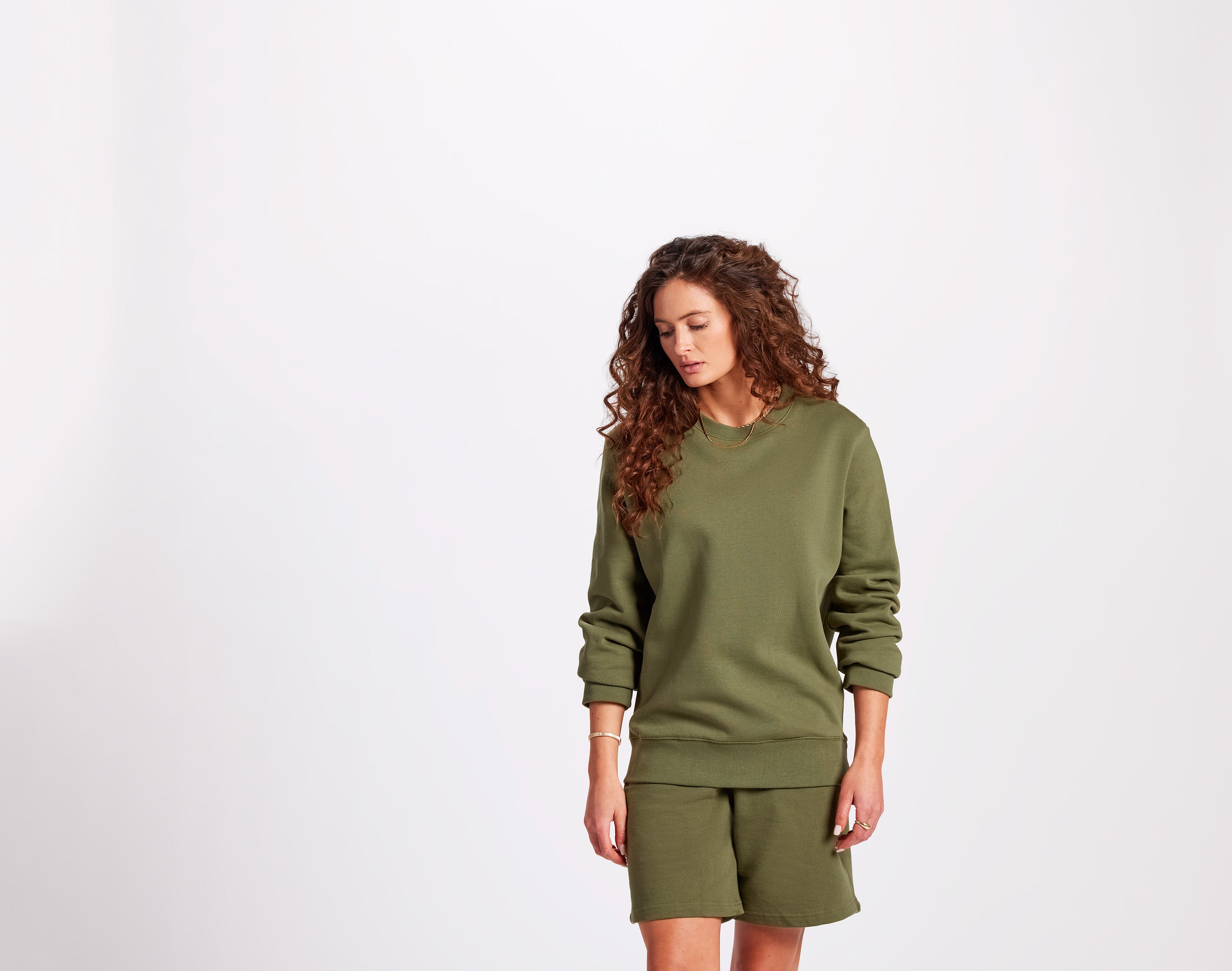What is Direct-to-Garment Printing?
The Process
What is DTG printing? It is a relatively new garment printing method and first became available in 1996. Since then, the technology has greatly improved. It starts with artwork from a digital platform and then one sends the art file to a garment printer - just as one would with an ordinary office printer. Before printing on the garment, it is necessary to pre-treat the garment with a pre-treatment machine. This extra step creates a stronger bond between the garment fibers and the ink from the printer, supports a smoother underlayer, and ultimately leads to a better product for curing and drying. Using modified inkjet technology, a base is printed first on the garment, and then any combination of colors is available from there. DTG t-shirt printing is a great option for those looking for a custom and high-resolution print.
The Technology
The technology used for this method can be compared to an everyday office printer. DTG printers use water-based chemistry to create aqueous textile inks. Since the ink used is water-based, they work best on garments made of natural fibers with natural absorption properties (i.e. cotton, bamboo, linen, etc.) This technology is very useful in the garment industry because of the high-level of customization; more colors can be used in a print. DTG printers can vary in price. The best quality DTG printers can cost anywhere from $11,000 to $70,000.

What’s the Difference Between DTG and Standard Screen Printing?
There are many differences between the DTG screen printing and the standard screen printing technique. The biggest difference is that the standard screen printing involves physically using screens with different imprints; rotating a t-shirt around using different screens with different colors. The DTG printers do not rotate and use inkjet technology to print the different colors and styles on the garment. A DTG printer has no setup time, while every color used has to be set up in the standard screen printing.
However, when looking at volume, standard screen printing could be more efficient because once the setup is done, the process can be repeated as many times as needed- while the DTG printer takes longer to individually print a garment. DTG printing can provide extreme variation, no option for the graphic to crack, peel, or wash away over time, has the highest resolution available, and no limitations on color. If you would like to read more about these differences, you can check out this guide from the design and printing firm Superior Ink.
The Pros and Cons of DTG Printing
Pros
DTG printing includes a lot of strengths when it comes to looking at it as a garment printing option. These include quick turnaround times, no setup costs, availability of almost an infinite amount of colors, and is the best option for accurately printing full-color photos. Another advantage to this option is that when making a file for printing, all other options require one to separate the artwork by layer and color and be in vector format. Now, luckily for the designer of the print, they do not have to worry about crafting the file in this meticulous manner. The pros of using this method paired with the unbeatable high-quality results with unmatched detail available have made it hard to beat.
Cons
There is never a perfect answer and even the DTG printing method has some setbacks. For example, when wanting to do large quantity runs, DTG is less efficient than standard screen printing. The prints produce the best designs when used on lighter garments, and can produce stiff prints when the elements are not perfect for the machine. So the process is time-consuming as each print requires a pre-treatment process, then the garment is heat pressed to flattened fibers, and finally cured in a small tunnel heater after printing. Even the pre-treatment process comes with the possibility of staining the garment and this won’t be known if it’ll happen until applying the pre-treatment
Is DTG Eco-Friendly?
DTG printing is a desirable technique because it is also an eco-friendly printing option. This is because this process only includes using 2-3 machines, and that helps with waste reduction. It is important to partner with printers and decorators aligned with eco-friendly values. Superior Ink Printing made the decision to align their business with their values and described how this decision has positively affected their business here. Sustainability should be a priority when making production decisions, and so when looking at different garment printing options, DTG printing is an eco-friendly technique that is better for the environment than the alternatives.

Ensuring the Best Print with DTG Printers
Now when going through the particulars of how to utilize DTG printing to its maximum potential, one must look at having the best garment types for the printer. DTG printers work best with a garment with a high percentage of cotton, ring-spun fabric, and lighter in color. At Original Favorites, our t-shirts are 100% cotton and our fleece is made with ring-spun, combed yarn. Using quality blanks with DTG printers will also help one to avoid pretreatment issues and achieve the best print. This also helps contribute to greater washability. Printing expert Neko Prints, discusses DTG printing results in the in-depth video here. Neko Prints is a great resource specializing in DTG and sublimation printing; and has lots of information available on various platforms.





Leave a comment
This site is protected by hCaptcha and the hCaptcha Privacy Policy and Terms of Service apply.